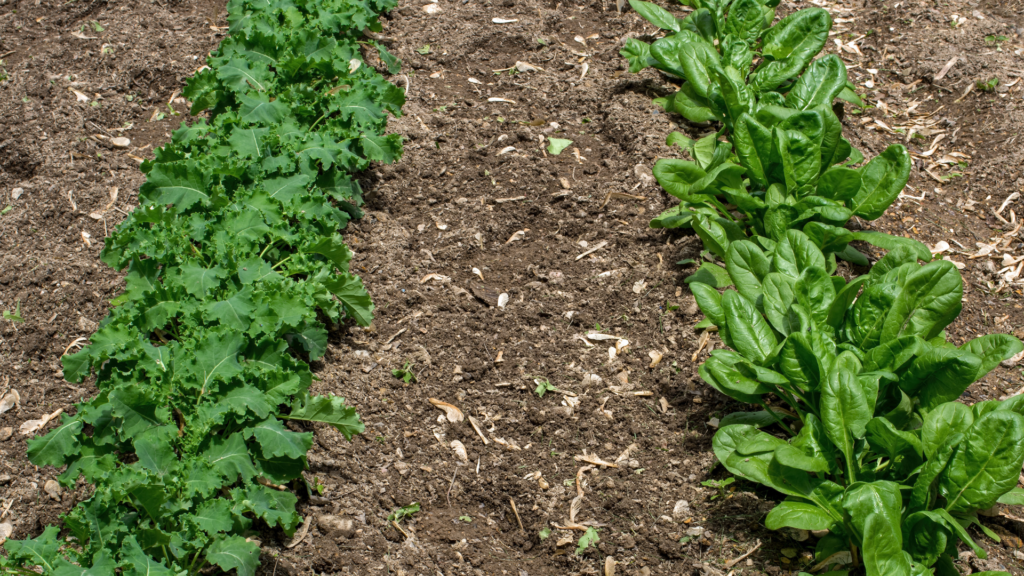
Leafy greens like kale and spinach have earned their reputation as superfoods due to their impressive array of nutrients, including vitamins, minerals, and antioxidants. However, there’s a lingering misconception that consuming these greens raw or blended may not be the healthiest choice. Let’s delve into the science behind this belief and uncover the truth about whether raw kale and spinach should be part of your diet.
Nutritional Powerhouses: Kale and Spinach
Before diving into the debate, it’s essential to understand why kale and spinach are considered nutritional powerhouses. Both greens are rich in vitamins A, C, and K, as well as minerals like iron, calcium, and potassium. They also contain phytonutrients such as lutein and zeaxanthin, which are beneficial for eye health, and various antioxidants that help combat oxidative stress in the body.
The Concern: Oxalates
One of the primary concerns associated with consuming raw kale and spinach is their oxalate content. Oxalates are naturally occurring compounds found in many plant foods, including leafy greens. When consumed in large quantities, oxalates can bind to minerals like calcium and iron, forming compounds that are less absorbable by the body. This has led to the belief that raw kale and spinach could potentially hinder mineral absorption and even contribute to the formation of kidney stones in susceptible individuals.
The Reality Check: Moderation is Key
While it’s true that kale and spinach contain oxalates, the key lies in moderation. Consuming these greens in reasonable amounts as part of a balanced diet is unlikely to pose any significant risk to most individuals. In fact, the numerous health benefits they offer far outweigh any potential drawbacks.
Cooking vs. Raw: Oxalate Content
Cooking kale and spinach can help reduce their oxalate content to some extent. Steaming, boiling, or sautéing these greens can break down the oxalates, making the minerals they contain more bioavailable. However, it’s worth noting that the extent of oxalate reduction varies depending on factors such as cooking time and method.
Blending: A Convenient Option
Blending raw kale and spinach into smoothies or incorporating them into salads is a convenient way to boost your intake of leafy greens. While blending doesn’t reduce oxalate content like cooking does, it can still be a healthy choice, especially when combined with other nutrient-dense ingredients. Additionally, blending can help break down the tough cellulose structure of these greens, potentially making their nutrients more accessible to the body.
Digestibility Concerns
Some individuals may find raw kale and spinach difficult to digest, especially if they have sensitive digestive systems or certain medical conditions. In such cases, cooking these greens or opting for smaller portions may be more suitable. However, many people can tolerate raw kale and spinach without experiencing any digestive issues.
Incorporating Kale and Spinach Into Your Diet
If you’re concerned about the oxalate content or digestibility of raw kale and spinach, there are several ways to enjoy these greens while minimizing potential risks:
- Mix it up: Rotate between raw and cooked preparations of kale and spinach to diversify your nutrient intake and mitigate any potential concerns.
- Pair with calcium-rich foods: Consuming kale and spinach alongside calcium-rich foods like dairy products, tofu, or fortified plant milks can help offset any potential impact on calcium absorption.
- Monitor portion sizes: While leafy greens are undeniably nutritious, consuming excessively large quantities of raw kale and spinach may not be advisable for everyone. Pay attention to portion sizes and listen to your body’s signals.
The Bottom Line
Contrary to popular belief, raw kale and spinach can be safely consumed as part of a balanced diet for most individuals. While they do contain oxalates, the overall health benefits of these leafy greens far outweigh any potential drawbacks. By enjoying kale and spinach in moderation and experimenting with different preparation methods, you can harness their nutritional goodness without compromising your health.
In conclusion, don’t let myths deter you from incorporating these nutrient-rich greens into your diet. Whether raw, cooked, or blended, kale and spinach can be valuable additions to a healthy eating plan, providing a wealth of vitamins, minerals, and antioxidants to support your overall well-being. So go ahead, embrace the green goodness, and reap the rewards of nature’s bounty!



